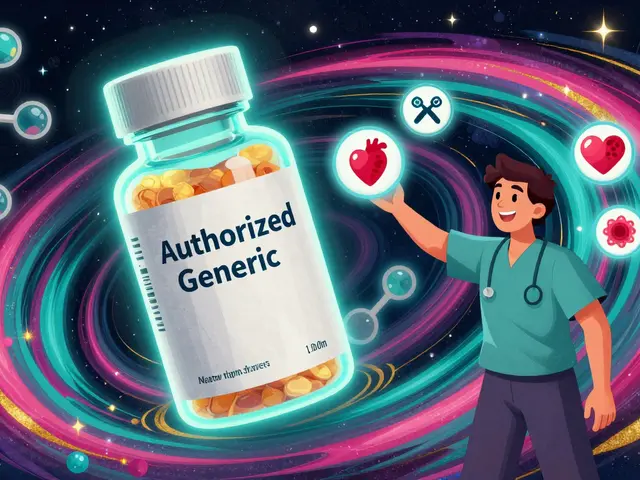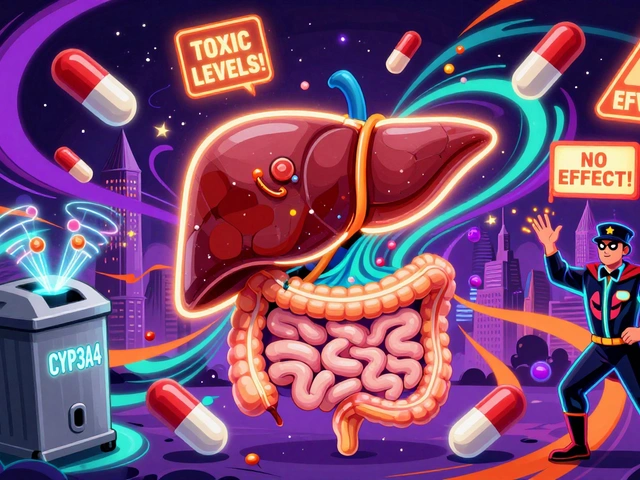Hemorrhoid symptoms: how to spot them and what to do
Noticing blood on toilet paper or a painful lump near your anus can be alarming. Those are two of the most common hemorrhoid symptoms. Hemorrhoids are swollen veins in the rectal area. They can be internal (inside the anus) or external (under the skin around the anus). Each type gives a slightly different set of signs, so knowing what to look for helps you act fast.
Common signs you might see
Bleeding during or after bowel movements — bright red blood on the stool or toilet paper — is a classic sign. It doesn’t always mean something serious, but you shouldn’t ignore it. Pain or sharp discomfort, especially with external hemorrhoids or a thrombosed (clotted) hemorrhoid, is another clear symptom. Itching, irritation, or a feeling that stool is still left behind are common too. If an internal hemorrhoid prolapses, you may feel or see a small, soft lump that can retract on its own or be pushed back in.
Some people notice mucus discharge or increased wetness around the anus. Others experience constipation or straining, which often makes hemorrhoids worse. Fever, heavy bleeding, or major changes in bowel habits are not typical of simple hemorrhoids and need prompt medical attention.
Quick remedies you can try today
Start with easy steps: add fiber to your diet (whole grains, fruits, vegetables) and drink more water. Aim for about 25–30 grams of fiber daily to soften stools and reduce straining. Try a stool softener or bulk-forming fiber supplement if changing food takes time. Sitz baths — sitting in warm water for 10–15 minutes a few times a day — reduce pain and swelling fast. Over-the-counter options like hydrocortisone creams, witch hazel pads, or topical anesthetics can ease itching and discomfort for short periods.
Cold packs help with swelling and sharp pain. Avoid heavy lifting and long sitting sessions. If you need pain relief, acetaminophen or ibuprofen can help, but don’t use them as a long-term fix. If bleeding is light and stops on its own, these home steps are often enough.
If symptoms last more than a week, get worse, or you have heavy bleeding, you need a doctor. They may recommend procedures like rubber band ligation, sclerotherapy, or infrared coagulation for internal hemorrhoids. Severe or recurring cases might require surgical removal. Your doctor may also suggest an anoscopy or colonoscopy if they want to rule out other causes of bleeding, especially if you’re over 45 or have other risk factors.
Prevention matters: keep stools soft, don’t strain, move your body regularly, and go to the bathroom when you feel the urge. Small changes add up and can stop hemorrhoids from coming back.
If you’re unsure about your symptoms or worried about bleeding, call your healthcare provider. Quick attention can prevent complications and get you back to normal faster.
Hemorrhoid Relief and FAQs: Your Comprehensive Guide
This article provides answers to common questions about hemorrhoids. It covers basic information, symptoms, causes, treatments, and prevention tips to help manage and understand this common health issue. With practical advice and interesting facts, this guide serves as a helpful resource for those seeking relief.





